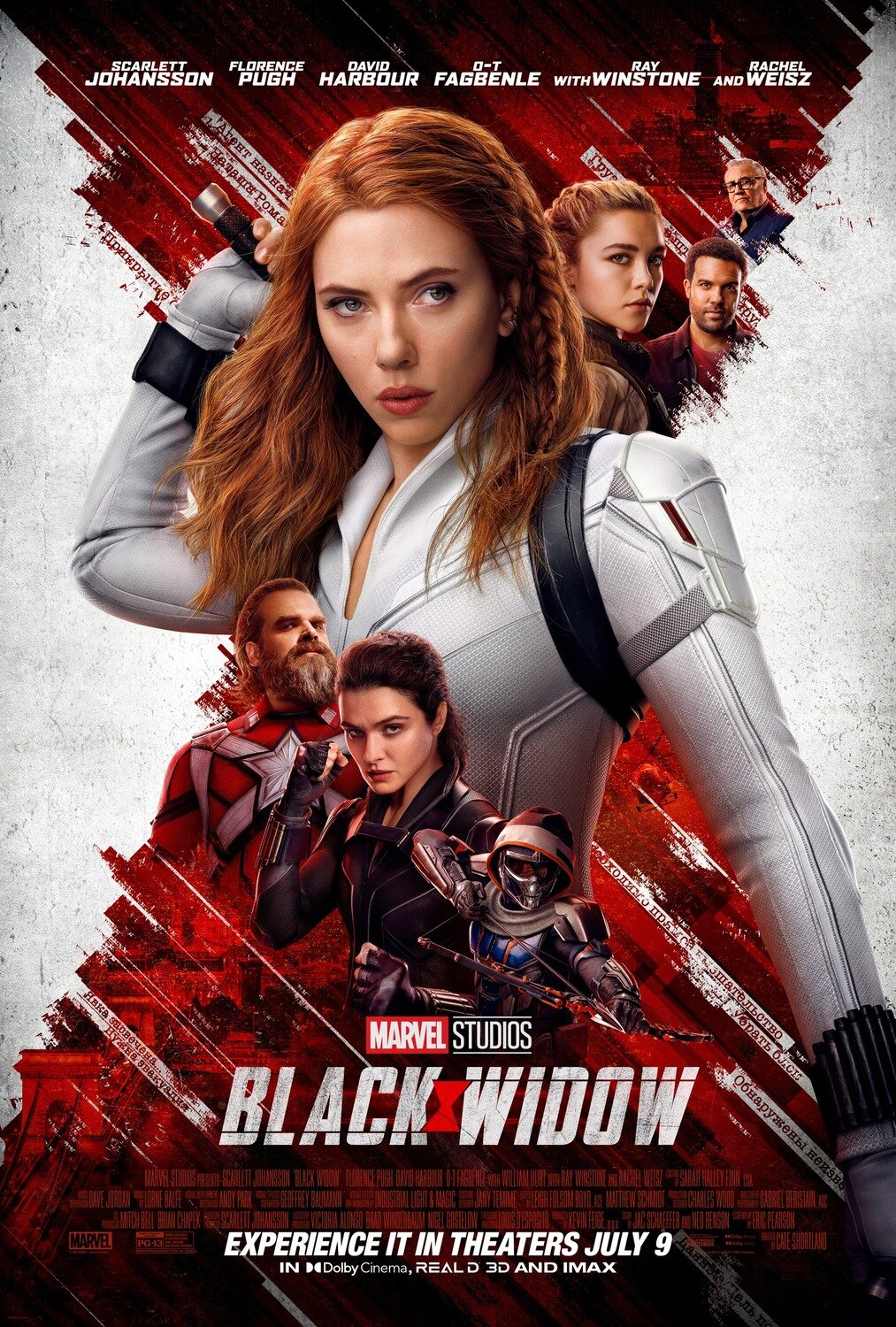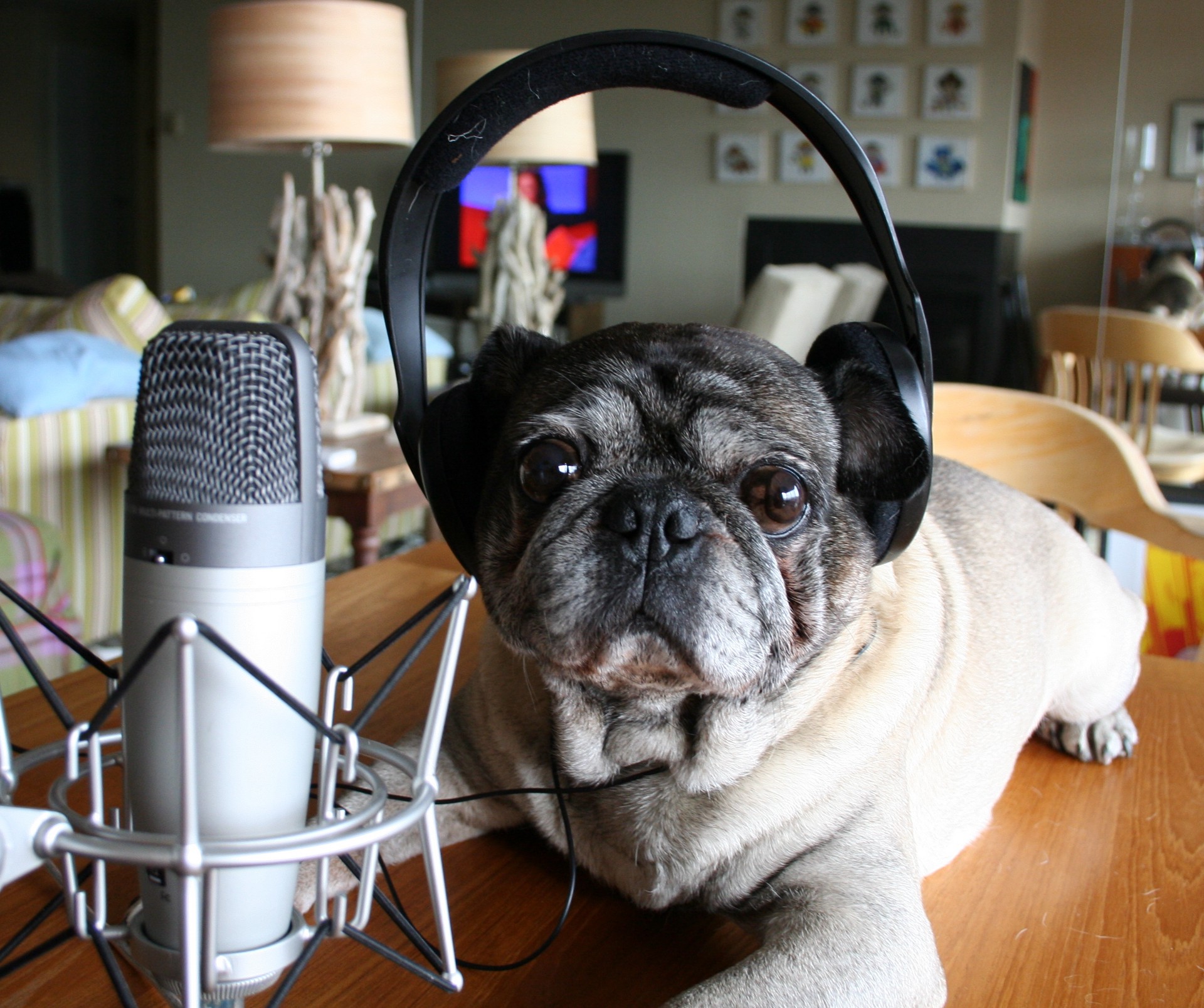Drake, James Corden and the poetics of virality
Last month, James Corden and Camilla Cabello made the headlines for dressing up like Disney characters and assaulting random people in Los Angeles morning traffic with an a cappella rendition of Jennifer Lopez’ Let’s Get Loud. Corden was particularly discussed for wearing a mouse costume and randomly gyrating his hips. It felt weird and trite and frustrating for people who wanted to get places. But the message was loud and clear: there is a new Cinderella remake coming soon.
Corden and Cabello were roasted on social media in the following weeks for being corporate stooges who accepted such a hokey and demeaning publicity stunt that infuriated L.A drivers more than anything. It’s only half right. The stunt did exactly what the suits wanted, though: getting marketable stars wearing Disney character costumes buzzing on the internet. It was designed to get viral and we all contributed to its success by berating it.
This stunt was not meant to be loved. It was meant to be talked about by the most people possible and the easiest way to do that is by making you want to point and laugh. It is the lowest common denominator for shareable content. This psychoengineering mechanic has been around since the beginning of the internet, but no one really developed a science of it until Drake came along.
The genius of Hotline Bling
I don’t know much about Canadian rapper Drake. I couldn’t name you five of his songs or explain why people love him so much. It’s not that I don’t like rap. I do. I just don’t see how Drake’s music is memorable or interesting in any way. But the public character, I get. In the summer of 2015, I was hit upon the head by his song Hotline Bling, just like everybody else with an internet connection. It was different. By that, I don’t mean that a level above, below or beside his other material. I mean it was an entirely different breed of song with an entirely different breed of video to go with it.
Hotline Bling was the first viral multimedia experience conceptualized by an artist who is meant to be taken seriously otherwise. Let’s break its genius down.
The Beat:
This beat is not meant to be sick or groovy. It’s merely an accessory to creating a certain cartoony mood that only fully makes sense if you watch the video. Inspired by corporate muzak and easy listening, it also heavily samples from Timmy Thomas’ song Why Can’t We Live Together. It’s meant to lull you into a false sense of boredom, like if you were wasting your life away at the office. It is also meant to clash with the emotionally honest and brutal lyrics about a promiscuous girlfriend using Drake to shield her own insecurities.
What is really important in Hotline Bling is the vocal melody. It is what people sing or mutter under their breath when they think about the song. It’s a very pop thing to do. What you remember from a radio hit isn’t the music, it’s what the singer emotes on top of it. You probably couldn’t sing me the instrumental parts of Kelly Clarkson’s Since You Been Gone because the vocal melody is so goddamn strong, it overshadows everything. The same principle applies here. The main purpose of Hotline Bling’s beat is to set the proper tone, which in this case indicates: “please don’t take me too seriously, for fuck’s sake.”
The lyrics:
Unfortunately, Hotline Bling is part of a long standing tradition of songs written by men in order to call their girlfriend a whore. But if you follow Drake’s riff (and you DO need to watch the video for that), it’s all good because he’s not SERIOUSLY calling her a whore. He’s just berating an old girlfriend for trying to meet other men and failing after he got successful and left the city. Because she never really needed anyone else but him. Seriously, it’s kind of brutal when you take the time to read the whole thing. Not Pulitzer material.
BUT… you have to take things into context. If you watch the video, Drake makes parallels between booty calls and erotic hotlines and you’re not really sure if he’s berating and old girlfriend or crying about about the same girlfriend to a bored phone sex operator in a weird, 70s inspired office. That kind of ambiguity is what makes Drake who he is. It’s not really about the song, it’s about him performing it and about how his public persona is one of a manchild unable to manage his own emotions.
The video:
JUST LOOK AT THE DAMNED THING. It is the most important part of Hotline Bling. The variable in the equation indicates that 1) you shouldn’t take him seriously and 2) if you do take him seriously, you’re not “getting” in. Highly accessible choreographed dance moves, overacting that borderlines on pantomime, flashy and unrealistic colors, that enterprise was designed from the bottom up in order to be memed. Because what is memed on social media lives eternally. It transcends its own frame of reference.
Hotline Bling is considered a modern classic in 2021, but it largely fell out of any pertinent radio or streaming rotations because it has accomplished its purpose. Drake isn’t a musician who cares whether or not you remember his songs. What he does care about is whether or not you’ll remember him. So he thought, conceptualized and executed Hotline Bling as a multimedia project meant for him to become a symbol in popular culture. By any means, he accomplished the shit out of that.
The poetics of virality
You might think Drake is only an opportunistic piece of shit and you might’ve been right at some point in history, but you aren’t anymore. This is a new way of thinking about content and art in general. The intent is not to trigger a certain feeling anymore. It’s to create an image that incites replication. You don’t want the audience to JUST feel something anymore, you want to make them do something and it’s a whole different ball game. Because the feelings that incite into action are rarely the kindest or most awe-inspiring. You want people to laugh, condemn, hate, decry. You want them to feel like they should express themselves about what you do.
That is probably not what James Corden and Camilla Cabello had in mind when stepping into Los Angeles traffic like a pack of deers across the Texas highway, but it is what the suits had in mind. These new poetics are not about expressing feelings, they are about triggering feelings and it’s a lot easier to pull off if you’re not being earnest about it. People don’t care anyway whether you’re feeling stuff or not as long as you make them feel something.
I’m not trying to be cynical here. I believe Drake is an absolute genius for pulling off such a multifaceted stunt in the quirky, deliberate manner that he did. That opens a whole world of possibility for artists if they can manage to distance themselves from their real identity online. Create personas meant to attract attention to themselves and introduce their work in the proper context.
The main difference between Hotline Bling and the Disney stunt with James Corden and Camilla Cabello is that one was short sighted and used its own participant in order to draw attention to something else and that the other was a well-constructed legacy play. Similar execution, different intent. One came from suits at Disney, the other from the mind of the person doing the stunt.
Suits will ruin more or less everything, but don’t let the lessons from Hotline Bling pass you by. Be on top of your shit. Call your shots. Be like Drake. Make me remember you because I’ve seen ou two thousand times a day for three years on my social media feeds. Write your own Hotline Bling. It’s insanely brilliant for reasons that have almost nothing to do with music.
* Follow me on: Facebook - Twitter - Instagram *






